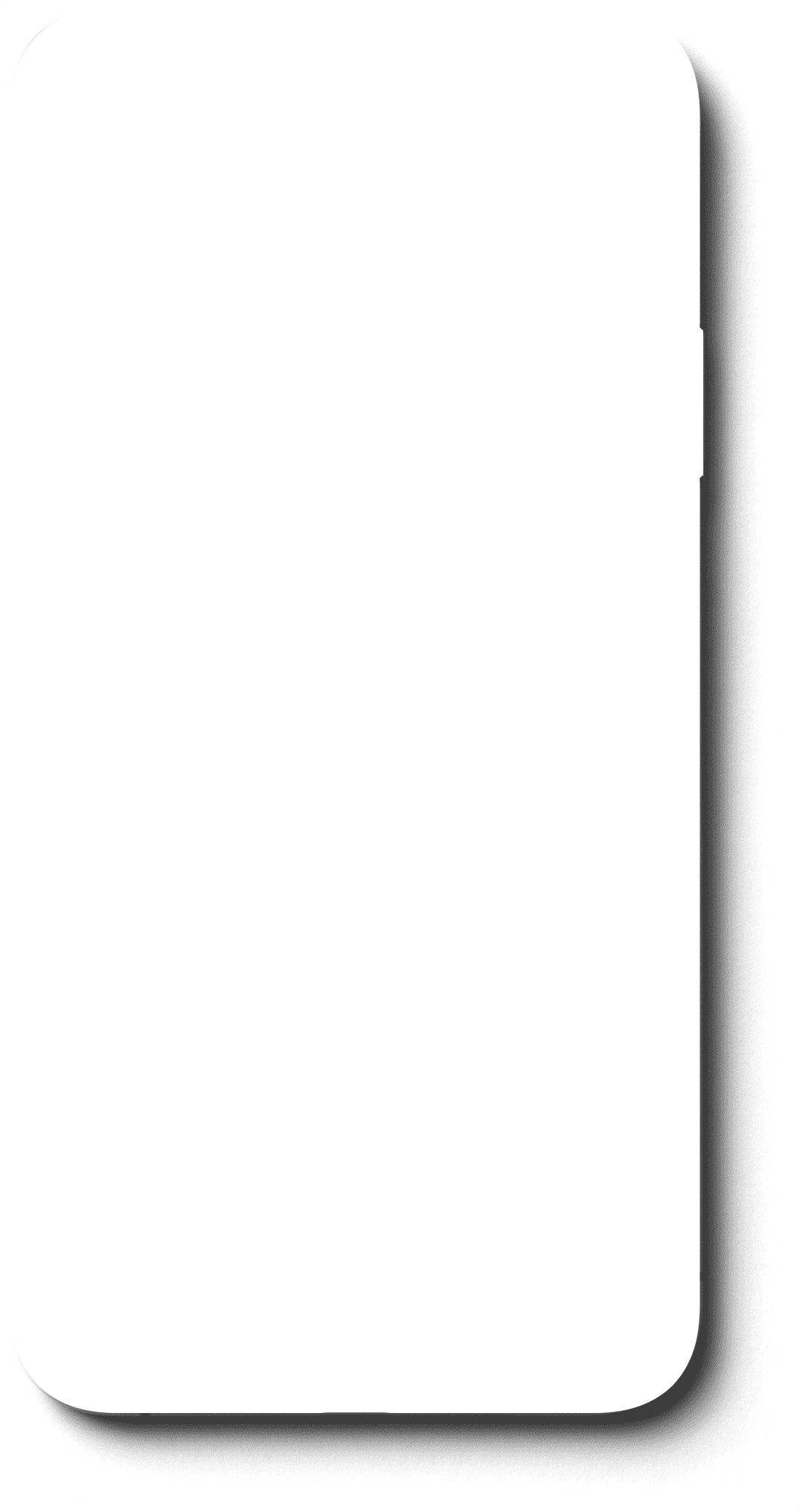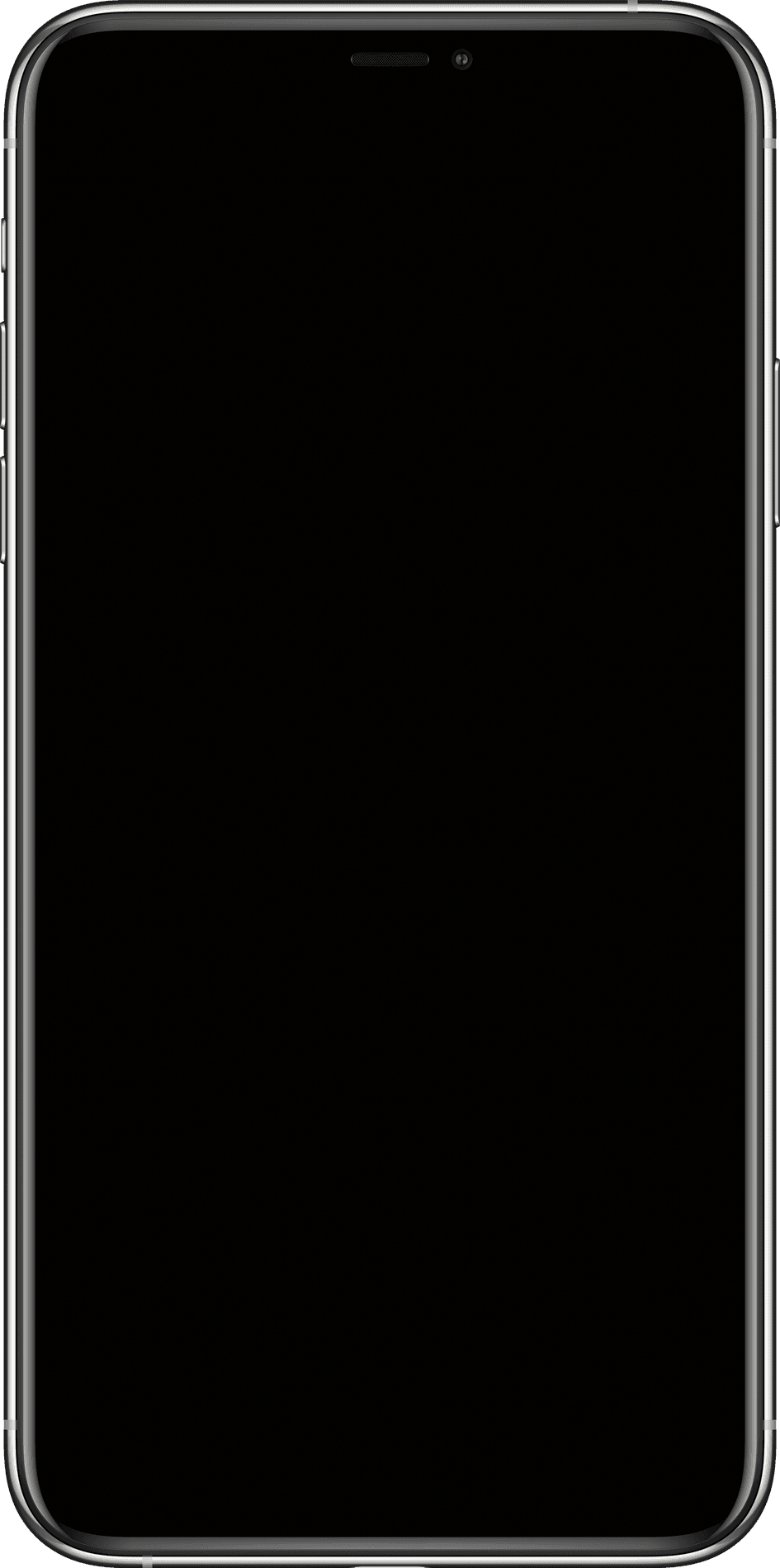







Designing fintech for the real India — the story of building FatakPay
About FatakPay
Overview
Key Contributions:
• Replaced agency-designed UI with a real user-friendly design
• Led design of 6+ core products/tools end-to-end
• Built internal design systems from scratch
• Collaborated directly with devs, QA, and leadership
• Elevated design from support role to core product strategy
The 20th hire, and poof — I became the go-to human for everything design.
Cracking jokes while cracking sprints.
April 2022
Streamlining User Onboarding
April - May 2022
Version 2.3
Birth of the signature card
₹ 2,500
Available Limit
Pay Now
Know More
₹ 500
Used Amount
01 Jun
Next Bill Date
Total Credit Limit
₹ 3,000
₹ 500
Current outstanding
Fig. 2.3. The unconventional shape
The design was unconventional and challenging to develop by code. After significant brainstorming, our dev asked me to export and deliver it as SVG, ensuring visual precision. This design soon became a core part of FatakPay's identity.
New Challenge:
The new card shape wasn’t just a design breakthrough—it stirred up a wave of ideas across teams.
Stakeholders, excited by its appeal, now wanted to cram everything onto it: total limit, used amount, available credit, dues, last billed amount, cashback, and even net fees.
Soon, the compact card evolved into an information-heavy block. To fit it all in, the card had to expand significantly—visually and vertically. This caused a ripple effect: the key CTAs like “Repay Now” or “View Statement” got pushed down the screen, violating Fitts’ Law—which essentially says that the farther and smaller a target is, the harder it is to click. In other words, we were trading usability for information overload.
Unhappy with this compromise, I questioned whether all these details were really necessary up front. But with the stakeholders keen to move forward, I complied with the expanded design—while simultaneously scouting for smarter, cleaner ways to achieve the same goals without sacrificing usability.

Fig. 2.3. A long, content-dense card
NEW DESIGN
September 2022
Driving Repayments through Gamification
Fig.3.1. Small gamified experience to promote repayments


Fig.3.2. Animations used to attract attention
The Result:
While the impact wasn’t measured (as FatakEMI soon entered development), this model opened the door to story-based design thinking — blending visuals, aspiration, and product growth into one frame.
February 2023
Launching FatakEMI
Fig.4.1. FatakEMI offers larger loans with flexible EMIs.
What I Learned:
Designing this taught me how Tier 3 users think about money, what trust means in digital lending, and how risk, defaults, and recovery are managed behind the scenes.
Bonus Insight:
FatakEMI’s KYC was stricter, and its launch raised an important question: How do we let users choose between FatakCredit and FatakEMI?
For a while, the journey felt clunky — but it led us to completely rethink the user flow in the coming months.
March 2023
Version 4.8
Rethinking the Journey: A Unified Home
The Trigger:
The launch of FatakEMI meant more complexity. Now we had two products — FatakCredit and FatakEMI
FatakCredit — a short-term, small-ticket loan for workers earning under Rs. 30K/month, repaid at salary date or month-end.
FatakEMI — a larger loan with EMI-based repayments over time.
Each with its own user types and verification flows. The earlier journey couldn’t handle this scale.
The Problem:
If users failed KYC or weren’t eligible, they hit a dead end: a rejection screen and no reason to stay. We were losing potential users at the door.
The Solution:
In a pivotal stakeholder meeting, I proposed a unified onboarding journey that leads all users to a single interactive “Home Screen” — no matter which product they were eligible for. From there, journeys could diverge based on their choice.


What Changed:
▫️ Even rejected users now had something to explore — credit scores, offers, gold loans, mutual funds, and more.
▫️ The bottom navigation was redesigned to house this broader ecosystem.
Design Philosophy:
I wanted to break away from the cold, corporate look of most fintech apps. This UI was warm, intuitive, and friendly — tailored for non-tech-savvy users from Tier 2/3 cities.
July 2023
Entering HR Tech with a Built-in HRM System





Fig. 6.1. Geo-tagged attendance? FatakPay handles that in-app.
Fig.6.2. HRM SaaS Platform for easy management.
Fig.6.3.The new bottom navigation with 'Self-transfer' feature.
On September 11, I closed my FatakPay chapter — grateful for the lessons learned under relentless pressure, yet eager for a new challenge. I wanted to trade the comfort of being the only designer for the thrill of collaborating in a real design team, to grow not just in skill, but in the art of teamwork.




























